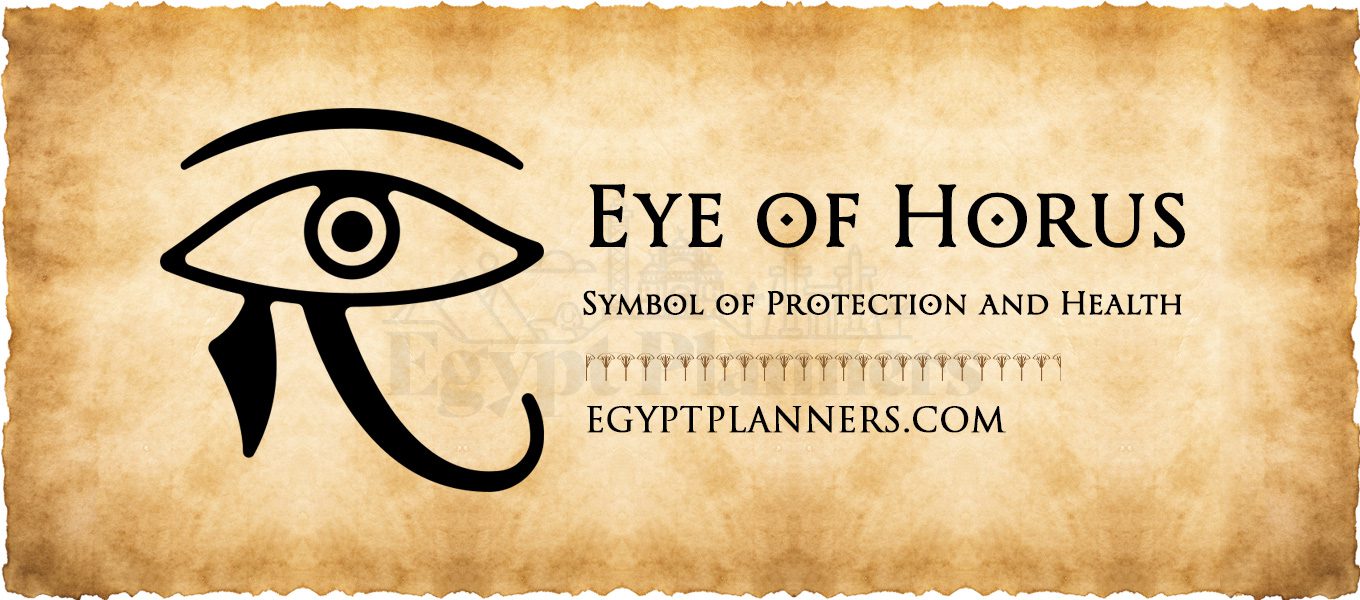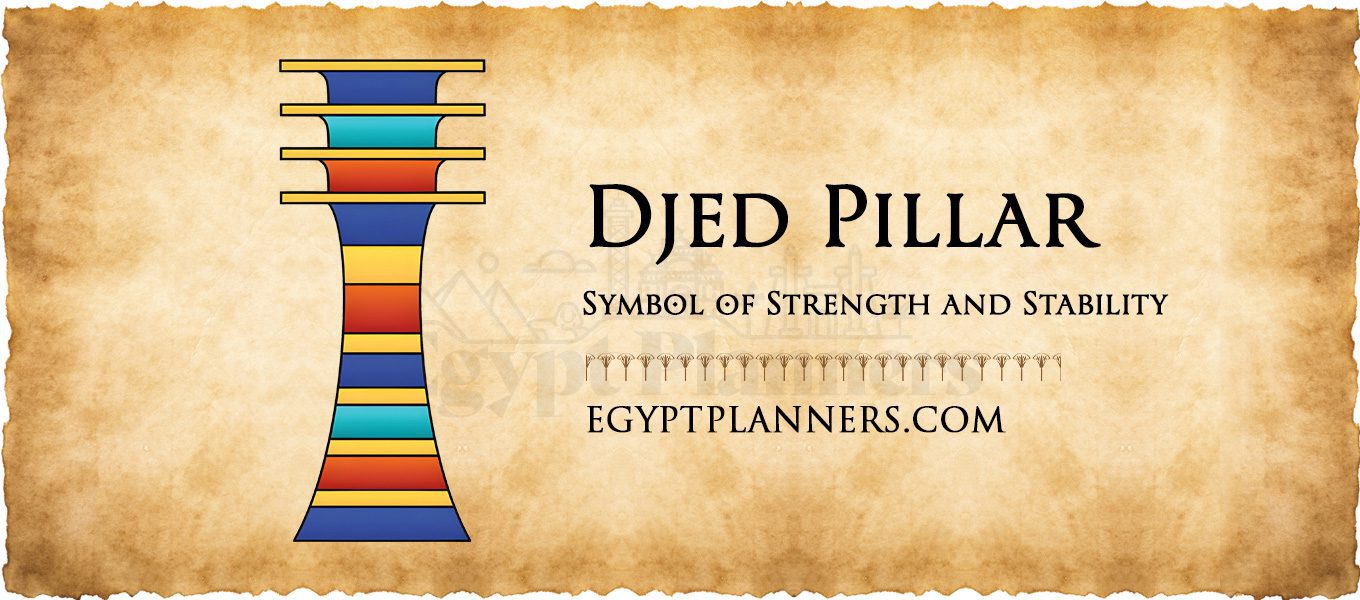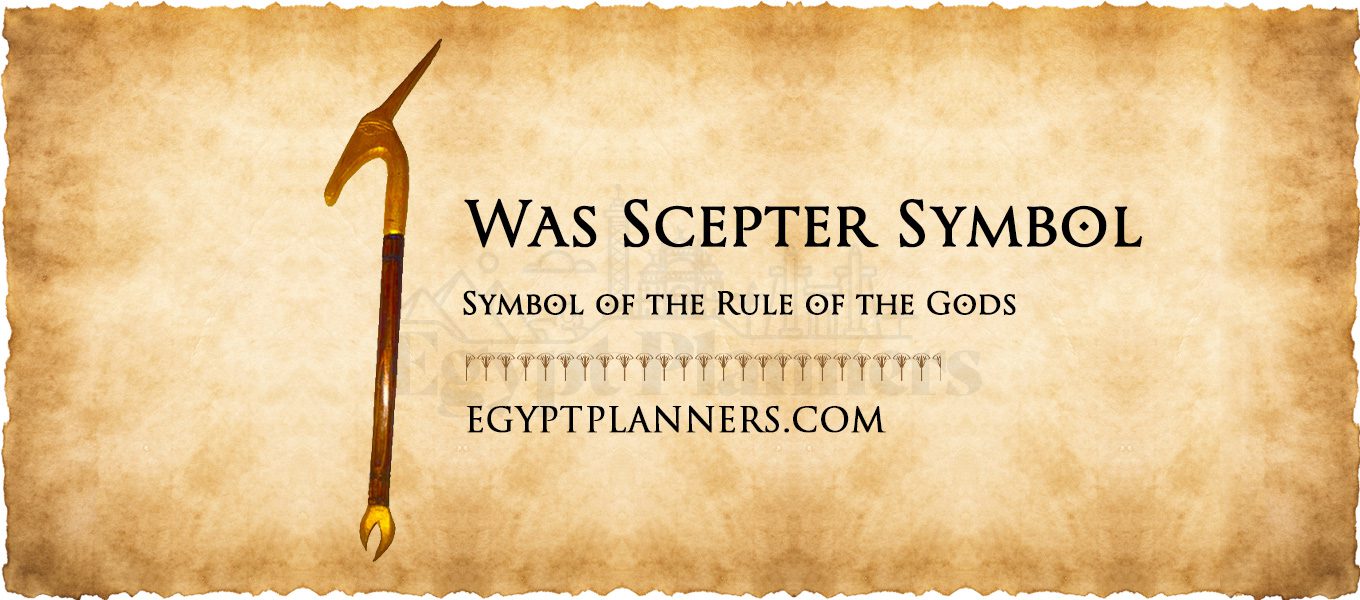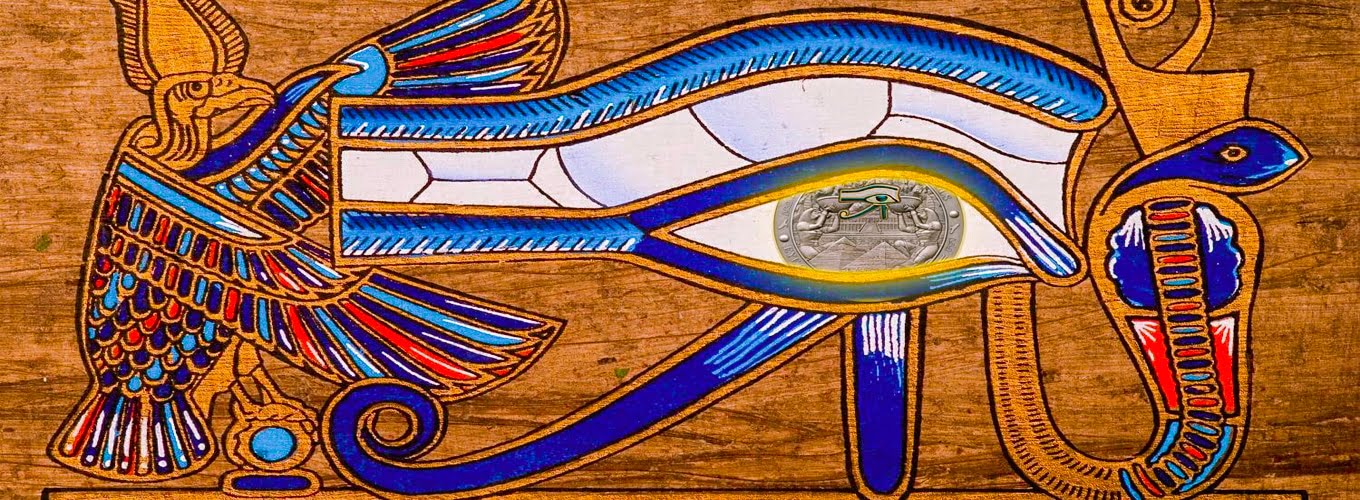The civilization of ancient Egypt, one of the oldest and most influential in human history, has fascinated people across the world for centuries. The Egyptians’ advanced understanding of art, architecture, mathematics, and astronomy is mirrored in their complex belief system and rich symbology. Among these Egyptian Symbols, several stand out for their association with power, protection, and divine favor. This blog post delves into the essence of these Egyptian Symbols for Power, exploring their meanings, histories, and the roles they played in ancient Egyptian society.
1- The Ankh: Symbol of Life

The Ankh is perhaps the most recognizable symbol of ancient Egypt, often associated with the gods and goddesses of the pantheon. It represents life, vitality, and the sunrise. The loop at the top signifies eternal life, while the cross represents the material plane. The Ankh’s prominence in Egyptian art, where gods are depicted holding it by its loop to bestow life upon pharaohs and mortals alike, underscores its significance as a symbol of divine power to sustain or give life.
2- The Eye of Horus: Protection and Healing

The Eye of Horus, also known as Wadjet, is a powerful symbol of protection, health, and restoration. According to mythology, Horus lost his left eye in a battle with Seth, the god of chaos and disorder. The eye was magically restored by Thoth, becoming a symbol of healing and wholeness. Amulets bearing the Eye of Horus were commonly worn or placed in tombs to protect against evil and ensure the safety and health of the bearer or the deceased in the afterlife.
3- The Scarab Beetle: Transformation and Rebirth

Scarabs, representations of the scarab beetle, symbolize the cycle of life, death, and rebirth. This stems from the beetle’s practice of rolling balls of dung across the ground, an act that the ancient Egyptians saw as a metaphor for the movement of the sun across the sky and its nightly regeneration. Scarab amulets were popular in ancient Egypt, believed to offer protection in this life and the next, and were often inscribed with spells from the Book of the Dead to aid in the journey through the afterlife.
4- The Djed Pillar: Stability and Endurance

The Djed pillar is a symbol of stability, durability, and resurrection. Often linked with Osiris, the god of the afterlife, agriculture, and resurrection, the Djed pillar represents his spine and signifies Osiris’s enduring presence and strength. During the annual festival of Osiris, ceremonies involving the raising of a Djed pillar were performed to ensure the country’s stability and the fertility of its land.
5- The Was Scepter: Power and Dominion

The Was scepter, characterized by its animal-headed forked base and elongated shaft, is a symbol of power and dominion. It was often depicted in the hands of gods, goddesses, and pharaohs, representing their ability to control and harness the forces of chaos and order. The Was scepter underscores the divine authority vested in the rulers of Egypt and their role as intermediaries between the gods and the people.
Conclusion
The symbols of ancient Egypt are a testament to a civilization deeply entrenched in the interplay of the natural world, the divine, and the afterlife. The Ankh, Eye of Horus, Scarab Beetle, Djed Pillar, and Was Scepter are not just artistic motifs but carry deep meanings and reflect the values, beliefs, and aspirations of the ancient Egyptians. They remind us of the power of symbols to convey complex ideas and emotions, bridging the gap between the physical and the metaphysical, the mortal and the divine.
In exploring these symbols, we not only gain insight into the worldview of one of history’s most fascinating civilizations but also understand the enduring appeal of these icons in modern culture. Whether as amulets, in literature, or as tattoos, the symbols of ancient Egypt continue to inspire and protect, just as they did thousands of years ago.
